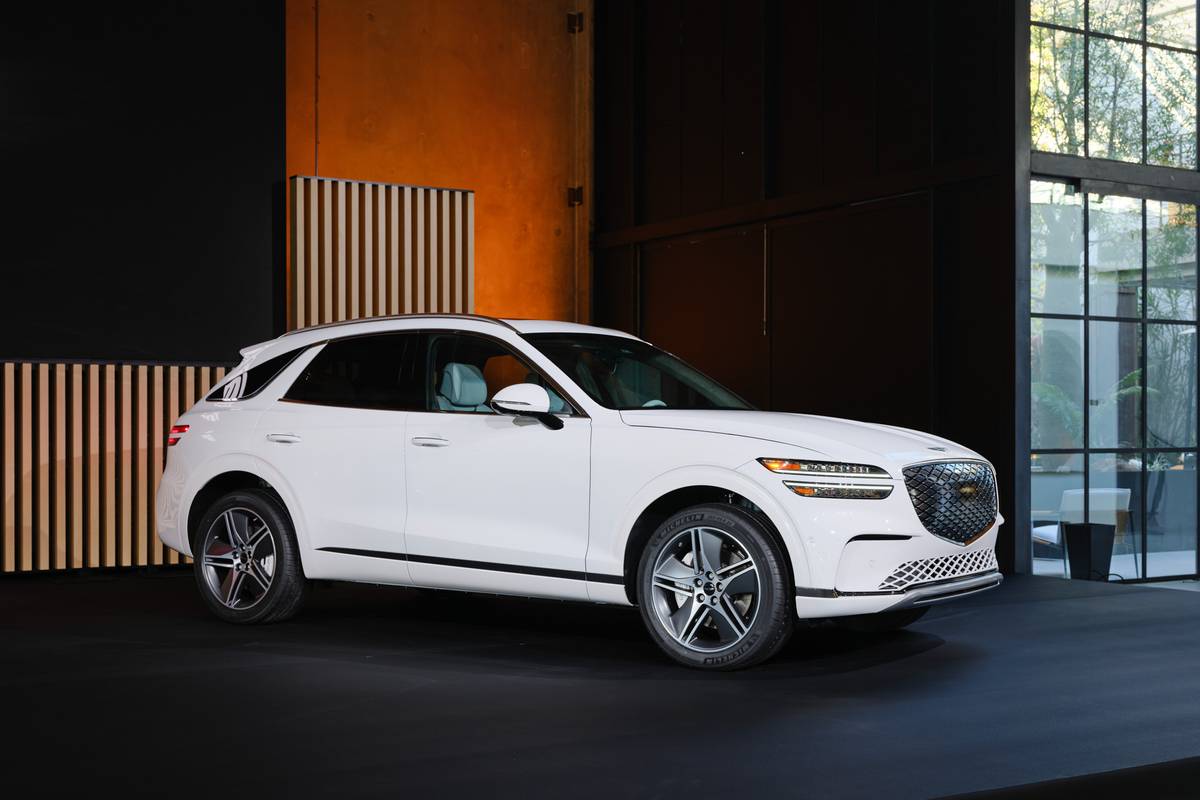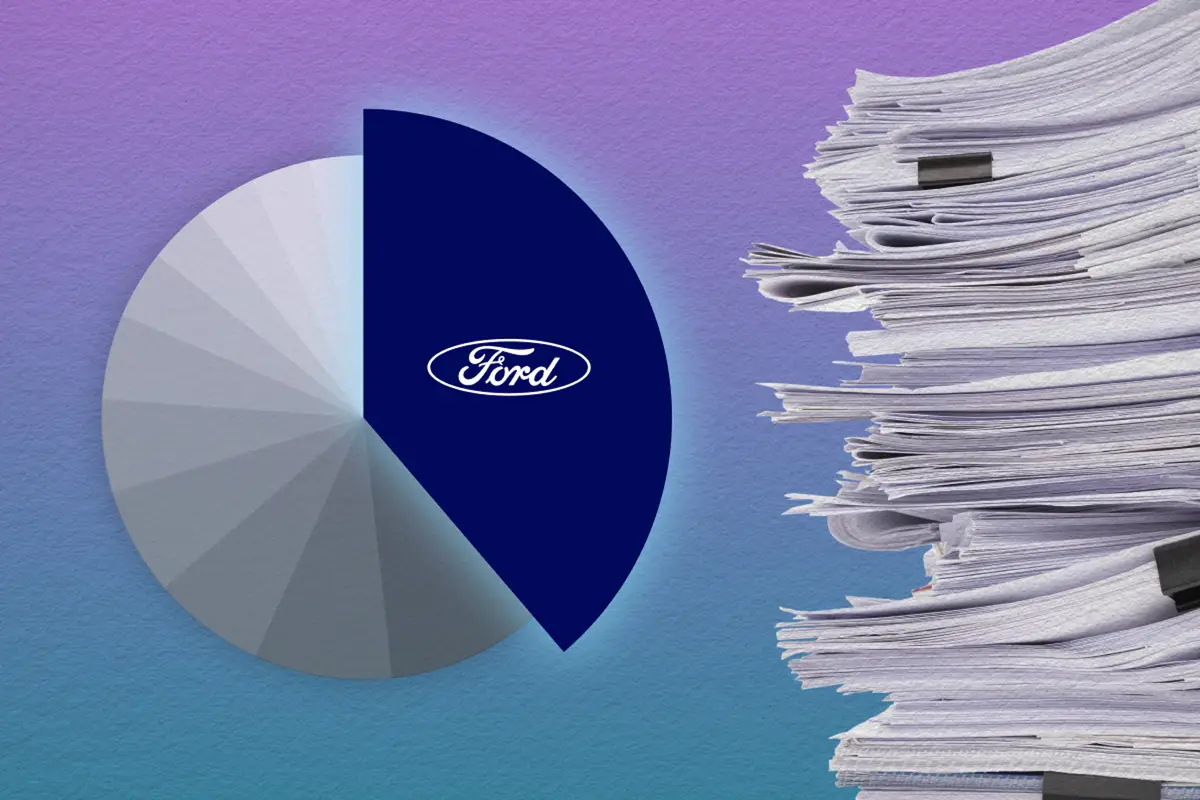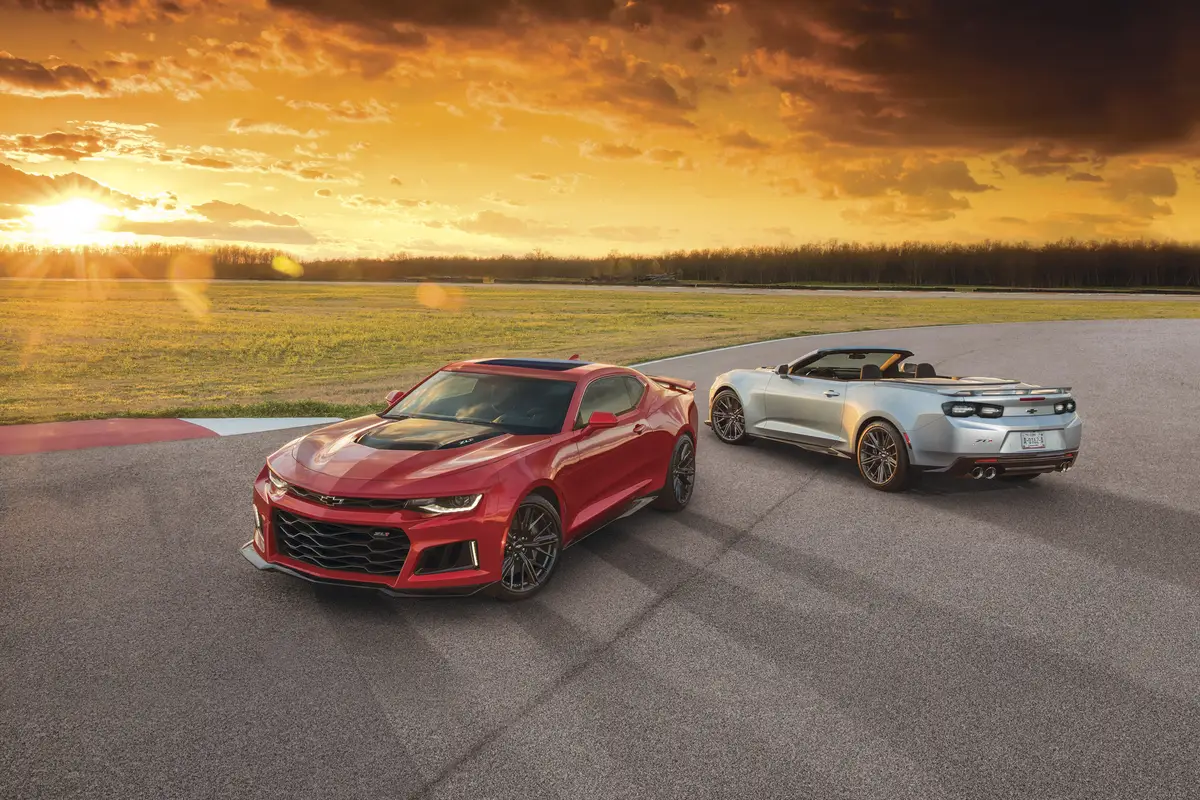chicagotribune.com's view
A Porsche for the masses?
The German automaker tried that once before with the 924, an entry-levelmodel that started at $19,900 when introduced in 1986 but topped $25,000 when it was discontinued after the 1989 run.
Porschophiles ran the cheapo 924 out of the country after treating itwith the same contempt as an Edsel or DeLorean. Owning a Porsche would loseits status if anybody with 48 months to come up with $20,000 could buy one,the critics argued.
Though most Porschophiles have a high opinion of themselves, the folksfrom the factory who count the beans found nothing inflated about Porschesales once the 924 departed.
Times have been tough for European cars. Without a low-priced model toattract commoners who might move up to a $50,000 or $60,000 machine, Porschehad to come up with a new strategy.
If Porsche couldn`t expand the fraternity with a low-priced car, maybe it could attract buyers with an expensive 911 sports car equipped with anautomatic transmission, a system not offered in that car for a decade.
Perhaps, Porsche reasoned, there were a few people of means among the 85percent of the population that don`t know how to drive a stick who would optfor a Porsche.
For 1990 the 911 offers a new transmission called Tiptronic, which teams4-speed automatic with a 4-speed manual in the same car. Tiptronic is evenmore novel in that the manual operates without a clutch.
Porsche reports difficulty keeping up with demand for the 911 withTiptronic. The only question is whether purists eventually will shun it. The924 started out like gangbusters, too, until Porschophiles cried foul.
Where Tiptronic proves most appealing for the long term, said Porschespokeswoman Martha McKinley, is in two-driver households where one is themaster of the 5-speed, the other automatic. Before Tiptronic, the 5-speeddevotee bought a car that both could drive. A sale was lost by Porsche.
With Tiptronic, the two-driver household can settle on a Porsche 911. The floor console houses the automatic lever. Next to it rests a detour to slipthe lever over to 4-speed manual operation marked by plus and minus settings. In the manual mode, you start from the light in first and then tip thegear lever forward toward the + marking and the trans shifts into secondwithout depressing a clutch. Another tip of the handle and you`re in third,another to fourth. To downshift you tip the lever toward the – marking. Thetipping, of course, is how Tiptronic got its name.
We test drove the 911 Carrera 2. With Tiptronic, you leave the lever inthe automatic mode in city or rush-hour expressway driving. After rush hour isover or you reach suburbia, slide the lever over to manual.
The best of both worlds. The 911 takes on a new character. In past years, we viewed the 911 as a cramped, less than attractive machine that was at best tolerated when facing rush-hour traffic with a 5-speed.
With Tiptronic it becomes a roomy, stylish, performance machine that welooked forward to driving at any time of day on any roadway. No longer isthere the prospect of not getting out of second gear along the KennedyExpressway when the masses punched out in the evening.
Porsche says Tiptronic has built in “intelligence.“ Thanks to computers and sensors, if the driver downshifts into too low a gear in manual mode, the transmission puts that gear change into its memory and doesn`t shift until theproper time.
The 3.6-liter, 247-horsepower 6 sprang to life whether in automatic ormanual and let out with the familiar Porsche muffled rumble/roar. The 911boasts 5.5-second 0 to 60 acceleration and a top speed of 162 miles per hour. Because you have all that power, Porsche decided to equip the 911 withantilock brakes to bring the machine under control and with driver andpassenger side air bags should the binders come up short.
For all that power to play wit h you pay a price, a 16 miles per galloncity/22 m.p.g. highway rating and a $650 gas-guzzler tax. The 16/22 ratingseemed generous. A trip to the pumps was a daily event.
The rear-wheel-drive, rear-engine 911 also sports a rear spoiler thatextends at 50 m.p.h. to improve stability while helping expand the area of theengine air intake grill. The spoiler retracts when vehicle speed drops to 6m.p.h.
Handling has been improved with the addition of power steering for thefirst time. It`s a speed sensitive unit that still requires more effort than, say, a Miata. You won`t sweep around the corner with only fingertips on thewheel, but you don`t feel like you`re wrestling a bear when turning, either.
The suspension has been revised. Coil springs replace torsion bars.You`ll get ample “road feel“ and enough harshness transmitted back into the seat that you know you aren`t driving a four-door luxury sedan.
The 911, brought out in 1963, retains its familiar shape, but takes onmore of an aerodynamic look with revisions to front and rear bumper contours. Standard equipment includes air conditioning, Blaupunkt AM/FM stereo with cassette and eight speakers, power windows, tinted glass, heated windshieldwasher nozzles, heated outside mirrors, leather-wrapped steering wheel andelectric sliding sunroof.
The 911 is available in Carrera 2 and Carrera 4 (all-wheel drive)versions in coupe, targa (removable roof panel) and convertible body styles.
The 911 Carrera 2 we drove started at $61,280 with Tiptronic, or $2,780more than without it. A CD player added $689, a rear-window wiper another $313and grey metallic paint $952. With the $650 guzzler tax and $655 destinationcharge, the test car topped $64,500.
Porsche plans to offer Tiptronic next in its 944 line for the 1992 modelyear. The 944`s are now limited to 5-speed manuals.
Latest news



